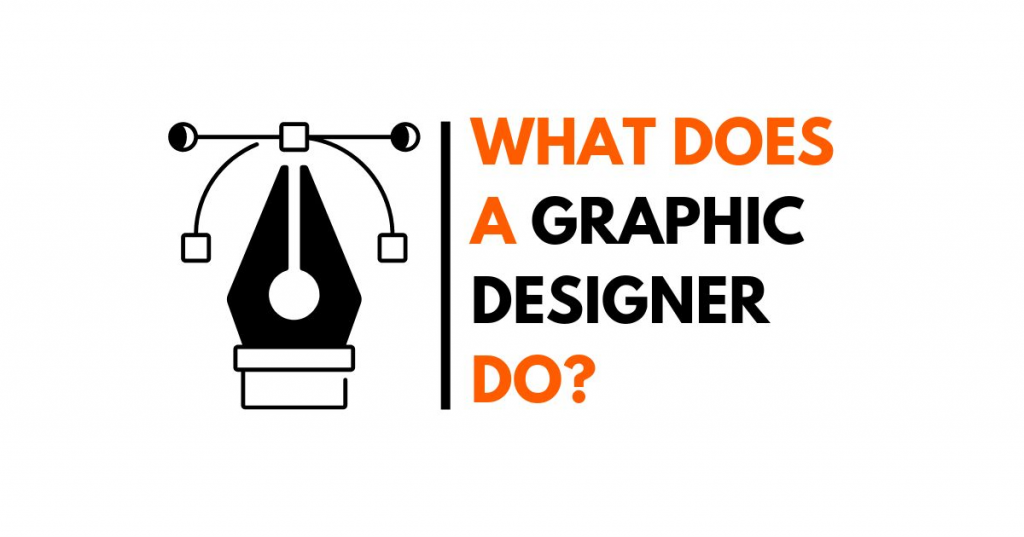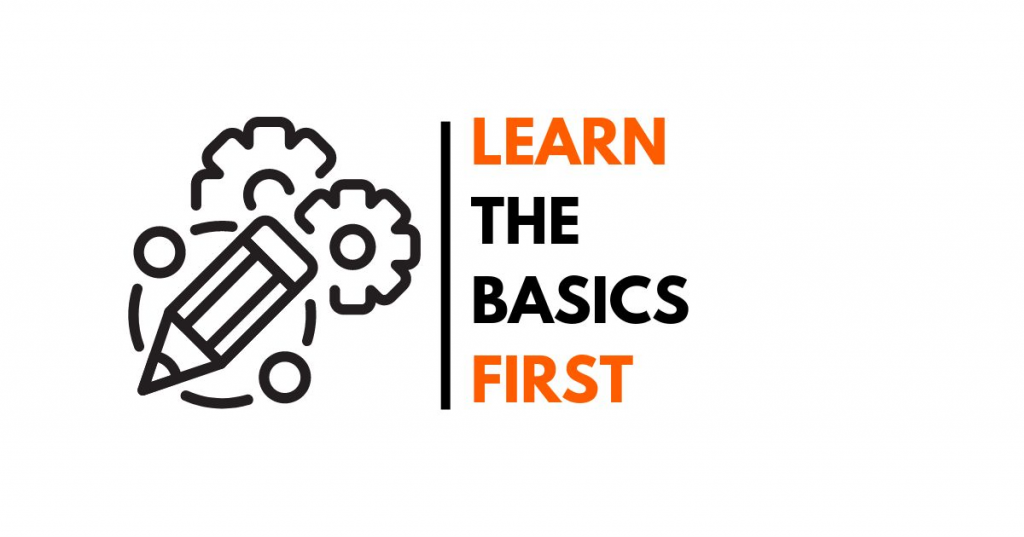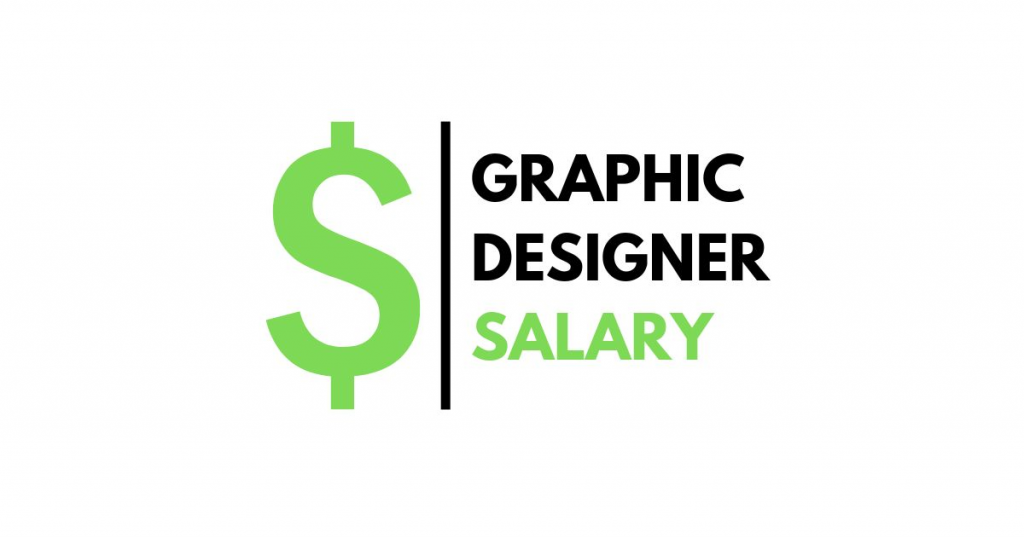How To Become A Graphic Designer (Tips & Salary)
Turn ideas into captivating visuals! Graphic designers are the creative minds behind eye-catching ads, user-friendly websites, and impactful campaigns. Want to showcase your design skills and land your dream graphic design job?
This comprehensive guide provides everything you need – from understanding a designer's role to crafting a resume that gets noticed. We'll also delve into salary expectations, career paths, and answer frequently asked questions.
What Is Graphic Design?
Graphic design is a creative job that involves making visual messages using text and images. It's a mix of art and design, where people use their creativity and innovative thinking, either with hands-on tools or digital ones, to convey messages to different audiences for specific purposes.
For a more detailed understanding of the definition as well as other common elements, you can refer to our article on What is Graphic Design? Basics & Required Software.
What Does A Graphic Designer Do?

A graphic designer is a visual communicator. They use their creativity and design skills to translate ideas and information into visually appealing graphics that can inform, persuade, or entertain an audience.
Now let's learn about the basic works that a graphic designer will do:
Conceptualizing and designing visuals: This involves brainstorming ideas, sketching, and using design software to create layouts, logos, illustrations, and other visual elements.
Understanding the target audience: A graphic designer needs to consider who will be seeing their designs and tailor them to be effective for that specific audience.
Using design principles: They follow design principles like color theory, typography, and composition to create balanced and aesthetically pleasing visuals.
Working with clients: They collaborate with clients to understand their needs and preferences, and revise their designs based on feedback.
Graphic designers can work in various fields, including:
Advertising and marketing
Print media (magazines, newspapers, brochures)
Web design
User interface (UI) and user experience (UX) design
Product packaging
The specific duties of a graphic designer can vary depending on their industry and employer. But overall, they play a vital role in creating "the visual language".
Next, most importantly, we will come to the basic steps to become a graphic designer.
5 Steps To Become A Graphic Designer
We will outline 5 basic steps for you to become a graphic designer, each step will mention the documents and information you may need. Let's explore:
Learn The Basics

To start with the basics, you should look for formal institutions such as universities, colleges or certificate courses, but you can also self-study. For details:
Formal Education:
Graphic Design Programs: Consider enrolling in a certificate program, associate's degree, or bachelor's degree in graphic design. These programs provide a structured curriculum that covers core design principles, software applications, and industry practices. You'll gain a well-rounded skillset and build a portfolio to showcase your abilities.
Bootcamps: Bootcamps offer intensive graphic design training over a shorter period, often a few weeks or months. They're a great option if you're looking for a fast-paced, career-focused program.
Self-Directed Learning:
Online Courses: Numerous online platforms offer graphic design courses, from beginner to advanced levels. These courses provide flexibility and allow you to learn at your own pace. There are free and paid options available, including platforms like SkillTrans, Coursera, and Udemy.
Tutorials and Books: Supplement your learning with online tutorials and design books.
When you complete the learning process and accumulate knowledge, designing a few products yourself during the learning process, the next step will be to create a portfolio and real combat at the business.
Keep reading!
Build a Portfolio
Your graphic design portfolio is your most important marketing tool. It's a curated showcase of your skills, creativity, and design thinking process, allowing potential clients and employers to instantly understand your value. Here's a guide to crafting a portfolio that grabs attention:
Quality over Quantity: Focus on including only your strongest work. Select projects that demonstrate your diverse skillset and ability to solve design problems effectively. Aim for 5-10 high-quality pieces, rather than a cluttered collection.
Variety is Key: Showcase your range by including projects from different areas of graphic design, such as branding, logo design, web design, illustration, packaging design, or editorial design.
Process Matters: Consider including some "behind-the-scenes" glimpses into your design process. This could involve sketches, mood boards, or early iterations of your work. It demonstrates your approach and problem-solving skills.
Case Studies for Depth: For impactful projects, go beyond just visuals. Craft case studies that outline the project goals, your design solutions, and the final outcome. Briefly explain the challenges you faced and how you overcame them. This showcases your strategic thinking and communication skills.
Through your portfolio, you will show the business that you are talented, suitable, and compatible with the graphic design position. The next step is to use it to apply for internships or apprenticeships at businesses that give you growth opportunities.
*You can refer to the article How to make a portfolio in 10 steps by Wix for extremely detailed information on how to build a portfolio.
Intern Or Apprentice At A Business
After acquiring a solid foundation in graphic design, both internships and apprenticeships offer valuable ways to gain real-world experience. Here's a breakdown to help you decide which path might be best for you:
Internship:
Focus: Internships typically focus on gaining practical experience in a specific design role.
Duration: Internships are usually shorter-term commitments, ranging from a few weeks to 6 months.
Responsibilities: You'll likely assist senior designers with various tasks, such as creating social media graphics, designing marketing materials, or working on website layouts. Internships can also involve research, project management, and client communication.
Benefits: Internships offer a chance to test the waters of a design career, build your professional network, and learn from experienced designers. They can also lead to full-time job opportunities after graduation or completion of the program.
Apprenticeship:
Focus: Apprenticeships provide a more comprehensive learning experience, combining on-the-job training with classroom instruction.
Duration: Apprenticeships are longer-term commitments, often lasting for two to three years.
Responsibilities: You'll receive in-depth training under the guidance of a qualified mentor. Responsibilities may encompass broader design tasks, potentially including branding, user interface (UI) design, or motion graphics.
Benefits: Apprenticeships offer a structured learning environment with the potential to earn a qualification alongside practical experience. They can be a great option if you're interested in a more in-depth learning experience and a potential career path within a specific company.
The best choice depends on your individual goals and learning style. Consider factors such as the time commitment you can make, your preferred learning environment, and your long-term career aspirations.
Study and Work Hard

"Study, learn more, learn forever." - Vladimir Lenin
We need to learn and improve our knowledge during internships or apprenticeships. Even after that, when you are an official graphic designer at a business or working on your own, updating your knowledge is still very important.
Also you need to work hard and work smart. Try to push yourself into jobs that give you a lot of experience, and accumulate experience, adding that experience to your personal profile.
To sum up, real-world projects will help you apply your skills, build connections, and enhance your portfolio.
We will move on to the final step, building networks, sharing experiences, and creating networks!
Stay Updated and Network
Graphic design is a dynamic field that is constantly pushing boundaries. To work effectively and survive in the industry, you should:
Boost your design knowledge:
Encourage lifelong learning: Graphic design is an ever-evolving field. Take time to stay up to date with design trends, tools, and techniques. Explore online resources, design blogs, and industry publications to stay up to date.
Master the latest software: New design software and features are constantly appearing. Invest time in learning and mastering the latest programs to expand your design toolkit if necessary. By the way, we have a list of 20+ Best Graphic Design Software that a graphic designer will definitely need, please refer to it.
Connect with the Design Community:
Network like a pro: Attend industry events, conferences, and seminars. These events provide valuable opportunities to network with fellow designers, learn from established professionals, and showcase your work.
Join an online community: Immerse yourself in online design forums, social media groups, and online communities. This allows you to connect with a global network of designers, share ideas and gain valuable insights from diverse perspectives.
Become a mentor or mentee: Consider mentoring junior designers or find a design mentor yourself. Sharing knowledge and learning from experienced professionals will foster growth and strengthen the design community.
By actively seeking knowledge and cultivating strong connections in the design world, you will position yourself for success in the graphic design field.
Graphic Designer Salary

According to Sofi, Graphic designers enjoy a diverse range of salaries, typically between $26,500 and $89,500 annually. The average graphic designer earns around $56,000.
Experience and specialization significantly impact your earning potential. Lead graphic designers can command salaries up to $129,541, while user interface (UI) designers can reach $159,500.
While graphic design may not be the pinnacle of high-paying careers, it offers a compelling blend of artistic expression and technological application.
This field is ideal for those who thrive on creative challenges and continual learning.
Final Thoughts
To become a skilled graphic designer, follow these steps:
Learn the basics through formal education or teach yourself.
Create a standout portfolio that shows off your different skills and design ideas.
Get real-world experience through internships or apprenticeships.
Work hard, and stay updated by connecting with the design community.
Remember, your portfolio is like your ticket to opportunities, and continuous learning is like your guide in this always-changing field. Connect with other designers, go to events, and embrace mentorship to grow and succeed.
Wishing you success on your path to becoming a graphic designer!



